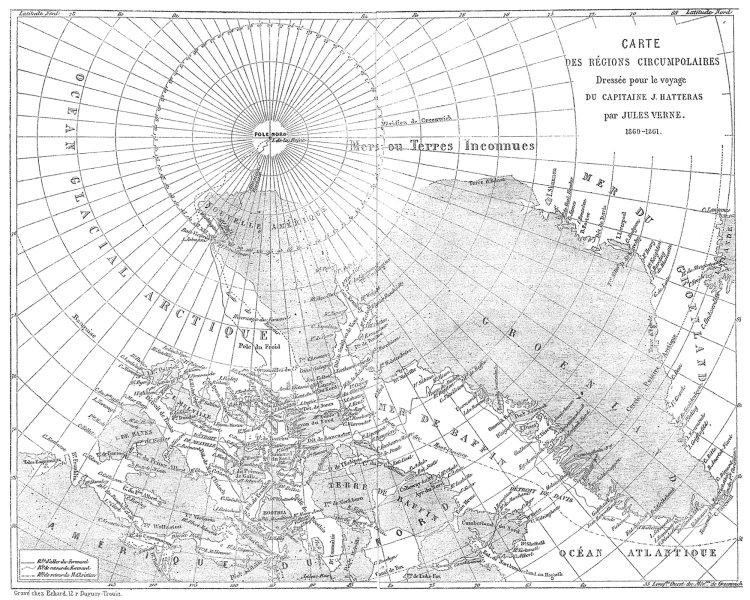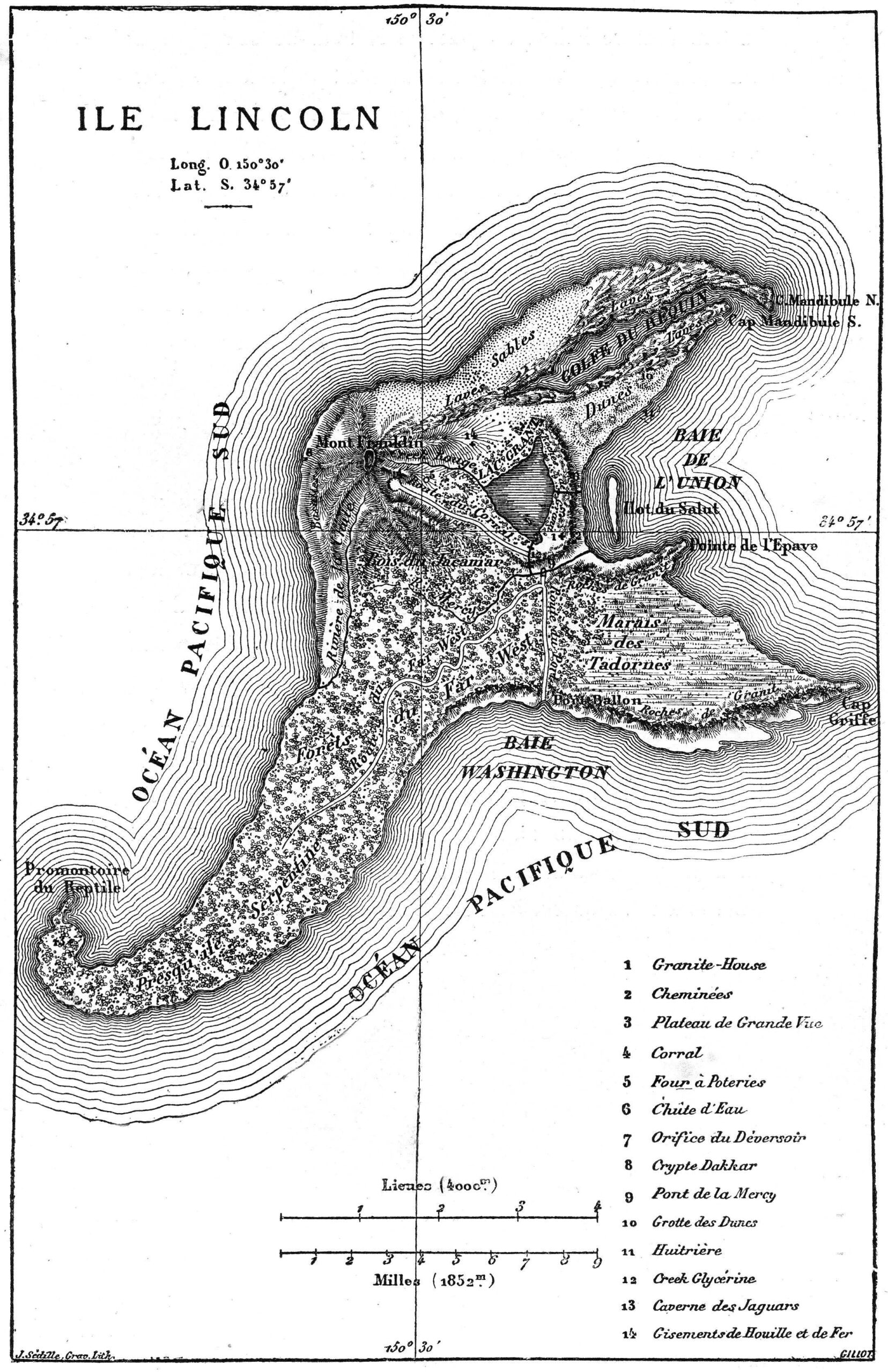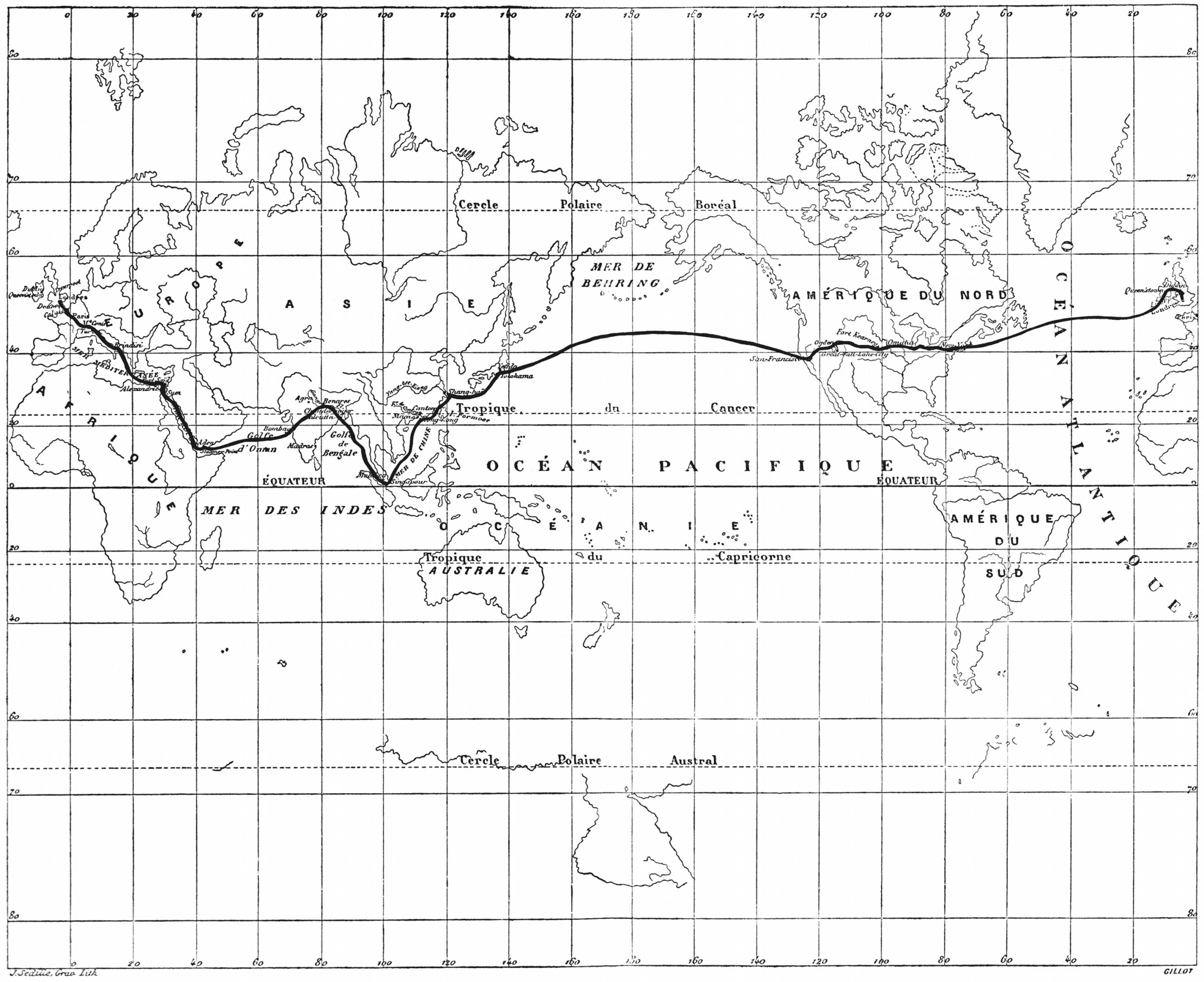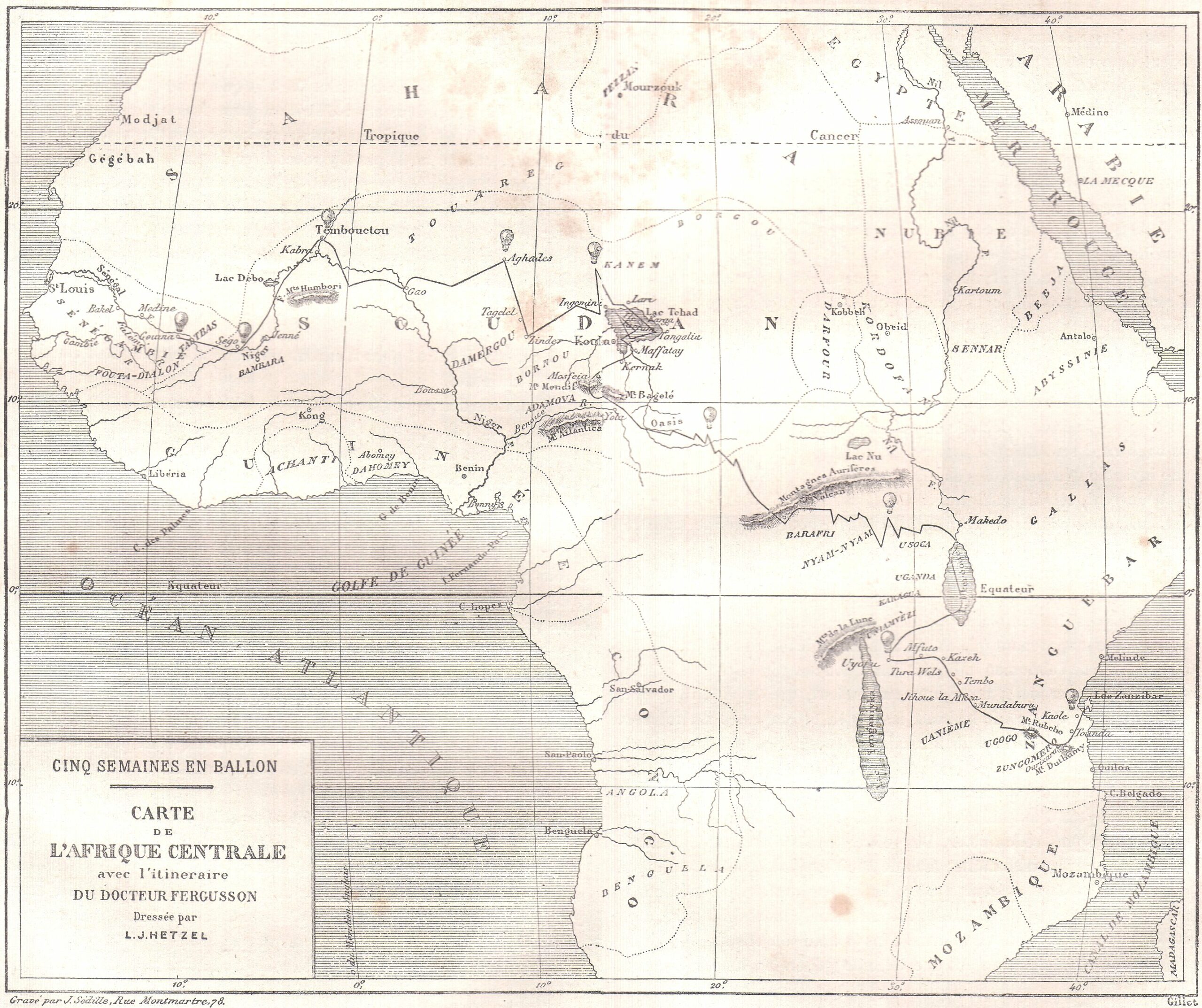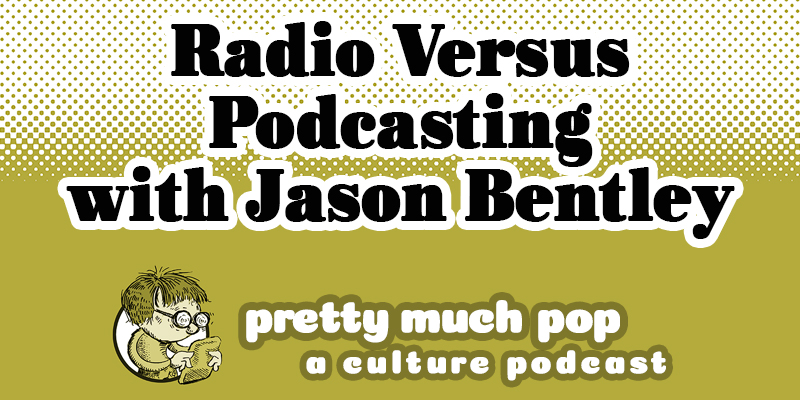Many different words could describe the state of public transportation in America today. In recent decades, more and more of a consensus seems to have settled around one word in particular: that it “sucks.” Given its “antiquated technology, safety concerns, crumbling infrastructure,” and often “nonexistence,” says the narrator of the video above, “it’s not hard to argue that the U.S. public transportation network is just not good.” That narrator, Sam Denby, is the creator of Wendover Productions, a Youtube channel all about geography, technology, economics, and the infrastructure where all three intersect. He believes not only that America’s public transit sucks, but that the country’s “lack of solid public transportation almost defines American culture.”
This would make a certain sense in a poor, small, struggling country — but not in the United States of America, described not long ago by Anne Applebaum in the Atlantic as “accustomed to thinking of itself as the best, most efficient, and most technologically advanced society in the world.”
As anyone making their first visit will experience, America’s still-formidable wealth and power doesn’t square with the experience on the ground, or indeed under it: whether by subway, bus, or streetcar, the task of navigating most U.S. cities is characterized by inconvenience, discomfort, and even impossibility. This in a country whose public transportation once really was the envy of the world: at the turn of the 20th century, its cities boasted 11,000 miles of streetcar track alone.
In the mid-2010s, by Denby’s reckoning, “the combined mileage of every tram, subway, light rail, and commuter rail system” added up only to 5,416. What happened in the hundred or so years between? He cites among other factors the production of the first widely affordable automobiles in the 1920s, and later that of buses, with their lower operating costs than streetcars — but as commonly operated today, their lower-quality transit experience as well. (Resentment about this large-scale replacement of urban streetcar systems runs deep enough to make some consider it a conspiracy.) The U.S. “grew up as the car grew up, so its cities were built for cars,” especially in its more recently settled west. Indirect subsides lowered the cost of gas, and from the 1950s the building of the Interstate Highway System made it easy, at least for at time, to commute between city and suburb.
As pointed out in the Vox videos “Why American Public Transit Is So Bad” and “How Highways Wrecked American Cities,” these massive roads ran not around or under cities (as they do in much of Europe and Asia) but straight through their centers, part of a larger process of “urban renewal” that ironically destroyed quite a few of what dense urban neighborhoods the U.S. had. More than half a century of highway-building, suburbanization, and strict zoning later, most Americans find themselves unable to get where they need to go without buying a car and driving themselves. The situation is even worse for those traveling between cities, as examined above in Wendover Productions’ “Why Trains Suck in America.” As an American, I take a certain satisfaction in hearing these questions addressed — but I take an even greater one in being an American living abroad.
Related Content:
A Subway Ride Through New York City: Watch Vintage Footage from 1905
Designer Massimo Vignelli Revisits and Defends His Iconic 1972 New York City Subway Map
A Brief History of the Great American Road Trip
Based in Seoul, Colin Marshall writes and broadcasts on cities, language, and culture. His projects include the Substack newsletter Books on Cities, the book The Stateless City: a Walk through 21st-Century Los Angeles and the video series The City in Cinema. Follow him on Twitter at @colinmarshall or on Facebook.

